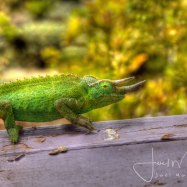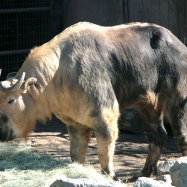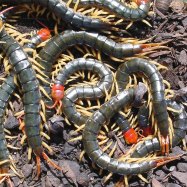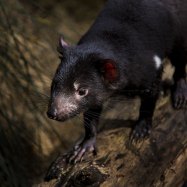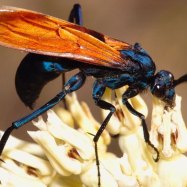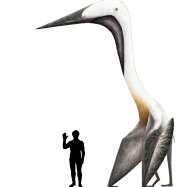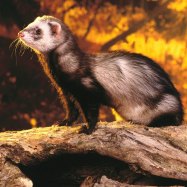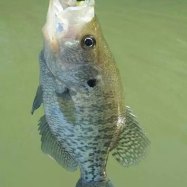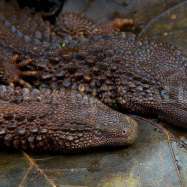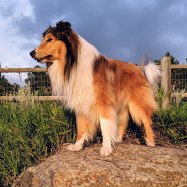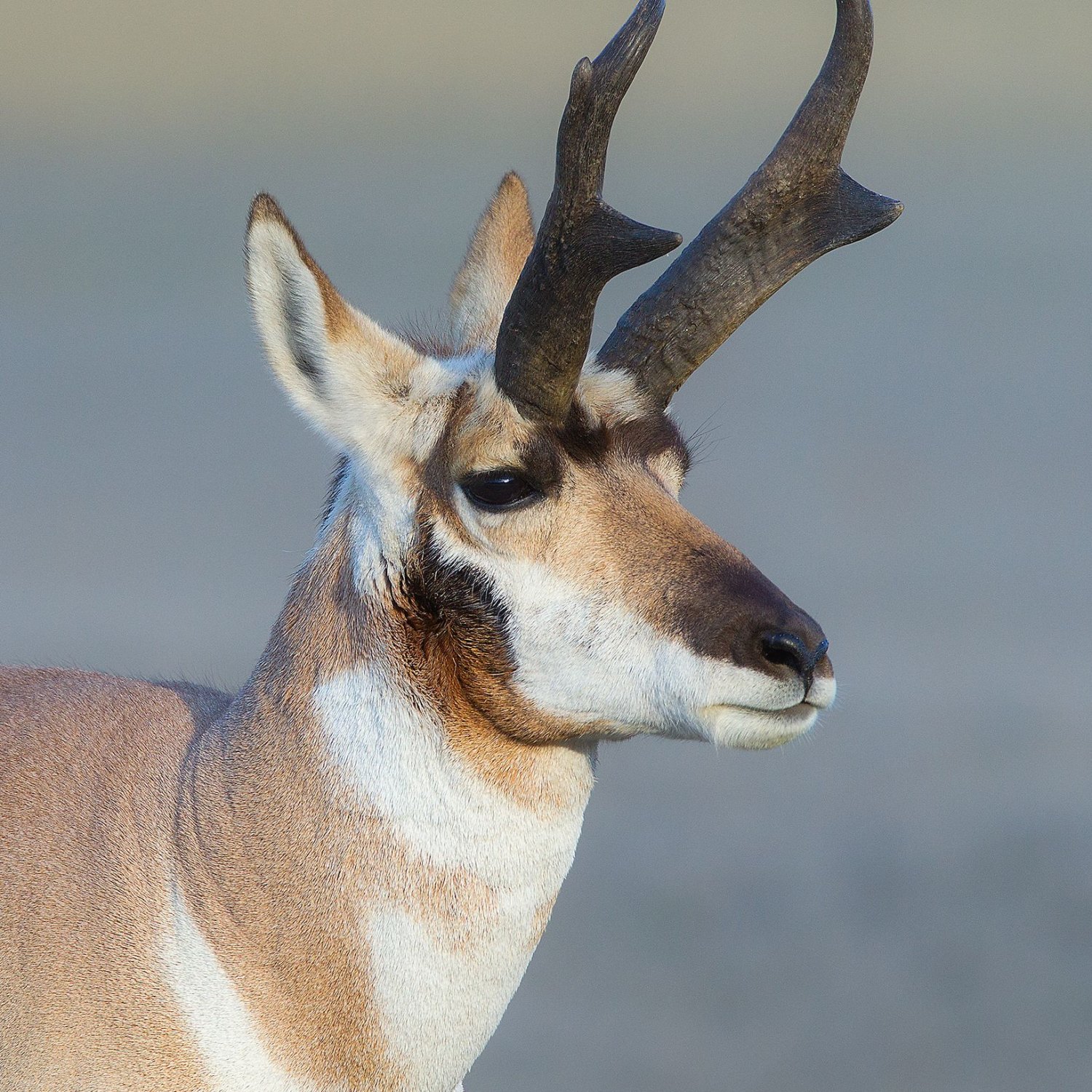
Pronghorn
1.3 to 1.5 meters
The Pronghorn, a sleek and graceful animal found in the grasslands and open plains, can reach a length of 1.3 to 1.5 meters. Its family, Antilocapridae, is named for its unique horns that are pronged. With a slim and light body shape, the Pronghorn is able to reach speeds of up to 55 miles per hour, making it the second fastest land animal in the world. #Pronghorn #Grasslands #Antilocapridae #FastestLandAnimal
Animal Details Summary:
Common Name: Pronghorn
Kingdom: Animalia
Habitat: Grasslands, deserts, and shrublands
The Fascinating Pronghorn: An Antelope Like No Other
When we think of North American wildlife, our minds often conjure up images of majestic grizzly bears, swift wolves, and graceful eagles soaring through the sky. However, there is one animal that often gets overlooked, despite its striking characteristics and unique adaptations – the pronghorn.Also known as Antilocapra americana, the pronghorn is a mammal belonging to the kingdom Animalia and the family Antilocapridae. It is commonly referred to as the American antelope, although it is not closely related to true antelopes found in Africa or Asia Pronghorn. The pronghorn is a true American species, and its presence adds to the diversity and beauty of North America's vast landscape.
A Perfectly Adapted Animal
The pronghorn has evolved to thrive in its natural habitat of grasslands, deserts, and shrublands of western and central North America. It is primarily found in the United States and Canada, making it a truly North American species. Its incredible adaptations have allowed it to survive for thousands of years in these harsh and ever-changing environments.One of the most striking features of the pronghorn is its speed. It is considered the second fastest land animal in the world, second only to the cheetah. Its slender and light body shape, combined with powerful legs and large lungs, enables the pronghorn to reach speeds of up to 60 miles per hour. This incredible speed is essential for escaping predators such as coyotes and mountain lions.
But that's not all – the pronghorn also has excellent eyesight, allowing it to detect predators from far distances Pantaloon Bee. Its eyes are located high on its head, giving it a wide field of vision. The pronghorn's eyesight is so keen that it can spot movement up to four miles away. This, coupled with its speed, makes it a challenging prey for predators to catch.
An Herbivore Extraordinaire
The pronghorn's diet consists mainly of shrubs, grasses, and cacti. This makes it a unique animal as most other fast-running mammals are carnivores. Its specialized digestive system allows it to process tough and fibrous plant material, giving it an advantage in its primarily arid and harsh habitat.Unlike other herbivores, the pronghorn does not need to drink water regularly. It can obtain most of the water it needs from the plants it consumes. This adaptation is crucial for surviving in the often dry and arid regions it inhabits.
The Pronghorn's Beauty
Aside from its incredible speed and adaptations, the pronghorn's physical appearance is also noteworthy. Its coloration is a blend of brownish and beige, making it blend in with its surroundings. This helps it to avoid detection from predators. The pronghorn also has a white patch on its rump, which it flashes when running, acting as a warning for others in its group.The male pronghorn has two slender, black horns that grow up to 12 inches in length. These horns are made of keratin, the same material that makes up our hair and nails. Unlike deer and other antlered animals, pronghorn's horns do not shed and continue to grow throughout their lives. This makes them a reliable way to determine a pronghorn's age.
Protecting the Pronghorn
Despite its unique adaptations and beauty, the pronghorn population has faced challenges in recent years. One of the most significant threats to its population is habitat loss. Human development and agriculture have encroached on pronghorn's traditional grasslands and shrublands, limiting their range and access to food.Thankfully, there are conservation efforts in place to protect and preserve pronghorn populations. Organizations such as the National Wildlife Federation and the National Parks Conservation Association work to conserve pronghorn habitat and advocate for their protection. Additionally, hunting of pronghorns is regulated through strict quotas and management plans.
An Important Role in Ecosystems
The pronghorn may not be considered a keystone species, but its presence plays a crucial role in maintaining the balance of ecosystems. As herbivores, they control plant growth and help nutrient cycling in the soil. They also serve as prey for predators in their habitats, keeping their numbers in check and preventing overpopulation. The pronghorn's unique attributes and contributions make it an essential part of the natural world.Conclusion
In conclusion, the pronghorn may not be as well-known or celebrated as other North American animals, but it is undoubtedly one of the most fascinating and unique species on the continent. Its incredible adaptations, impressive speed, and crucial role in ecosystems make it a species worth learning more about and protecting for future generations to appreciate. The pronghorn is a true symbol of the diversity and resilience of North American wildlife.

Pronghorn
Animal Details Pronghorn - Scientific Name: Antilocapra americana
- Category: Animals P
- Scientific Name: Antilocapra americana
- Common Name: Pronghorn
- Kingdom: Animalia
- Phylum: Chordata
- Class: Mammalia
- Order: Artiodactyla
- Family: Antilocapridae
- Habitat: Grasslands, deserts, and shrublands
- Feeding Method: Herbivorous
- Geographical Distribution: Western and central North America
- Country of Origin: United States and Canada
- Location: Grasslands and open plains
- Animal Coloration: Brownish or beige
- Body Shape: Slim and light
- Length: 1.3 to 1.5 meters
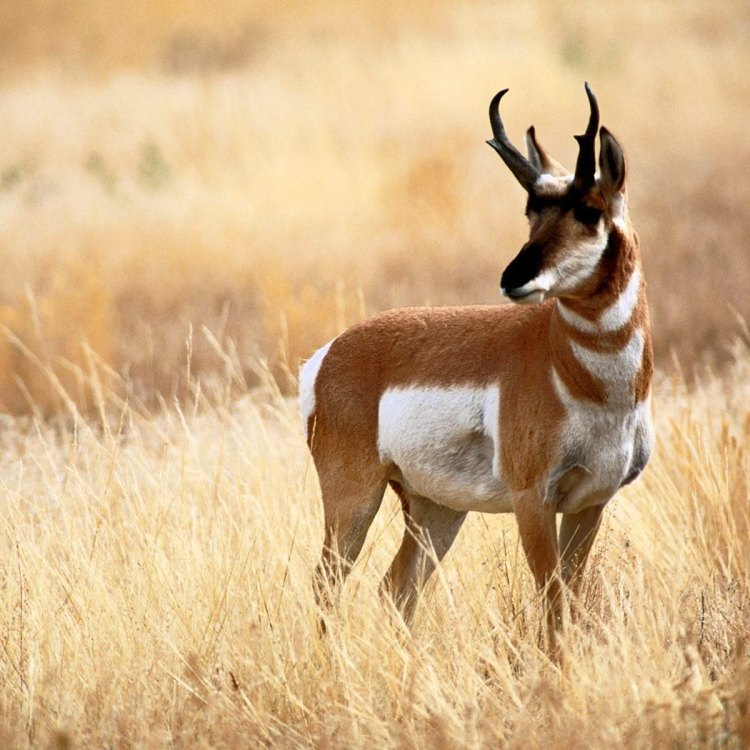
Pronghorn
- Adult Size: Height at shoulder: 81 to 104 cm, Weight: 40 to 65 kg
- Average Lifespan: 10 to 15 years
- Reproduction: Sexual
- Reproductive Behavior: Polygynous
- Sound or Call: Loud snorts and alarm calls
- Migration Pattern: Long-distance seasonal migration
- Social Groups: Solitary or in small groups
- Behavior: Extremely fast runners and good swimmers
- Threats: Habitat loss, predation, and hunting
- Conservation Status: Least Concern
- Impact on Ecosystem: Important grazers and seed dispersers
- Human Use: Hunting and ecotourism
- Distinctive Features: Large eyes, unique branched horns
- Interesting Facts: Fastest land mammal in the Western Hemisphere, evolved to outrun predators
- Predator: Coyotes, mountain lions, wolves
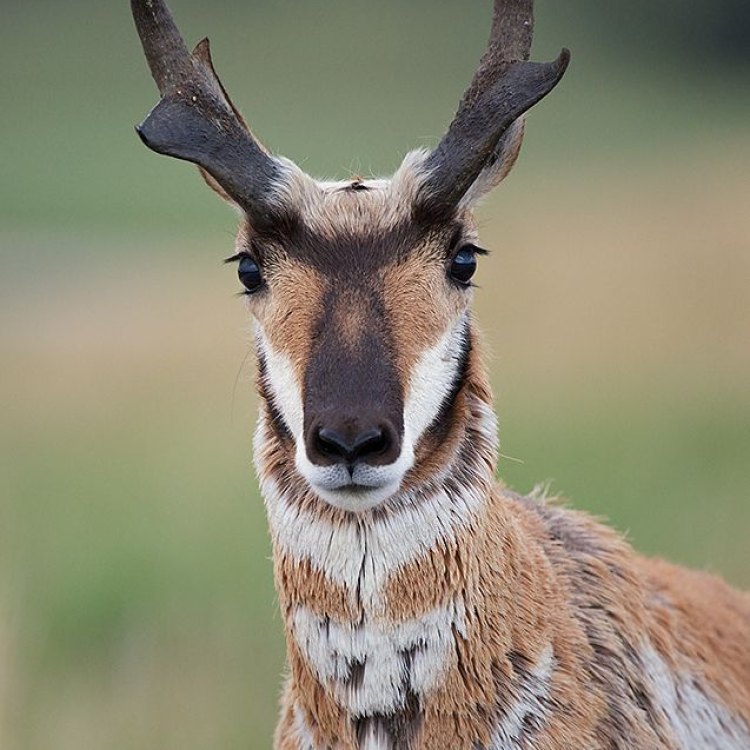
Antilocapra americana
The Fascinating Pronghorn: The Fastest Land Mammal in the Western Hemisphere
The vast and diverse landscapes of North America are home to numerous incredible animal species. From majestic bison to elusive mountain lions, each possesses unique characteristics and plays a vital role in their respective ecosystem. One such remarkable animal is the pronghorn, also known as the American antelope. With its distinctive features and unparalleled speed, the pronghorn has captivated the minds of nature enthusiasts for centuries PeaceOfAnimals.Com.In this article, we will delve deeper into the world of pronghorn, exploring its physical characteristics, behavior, threats, conservation status, and human use. We will also uncover some interesting facts about this magnificent animal, including its title as the fastest land mammal in the Western Hemisphere.
Physical Characteristics
The pronghorn is a large mammal that belongs to the Antilocapridae family. It is commonly found in the grasslands and deserts of North America, spanning from southern Alberta in Canada to northern Mexico. The pronghorn measures between 81 to 104 centimeters in height at the shoulder and weighs around 40 to 65 kilograms. Its body is uniquely adapted for running, with long legs, a deep chest, and powerful hindquarters.One of the most distinctive features of the pronghorn is its large eyes, which are the largest of any terrestrial mammal. This gives the pronghorn excellent eyesight, allowing them to spot predators from a distance and avoid potential dangers. Another unique characteristic of this animal is its branched horns, which are made of keratin and shed and regrow each year Polyphemus Moth. Unlike other antelope species, both males and females have horns, and they use them for defense and fighting during mating season.
Reproduction and Behavior
The pronghorn's reproductive behavior is polygynous, meaning that males mate with multiple females during the breeding season. Mating usually takes place from September to October, and females give birth to one or two fawns in April or May. The females are solely responsible for raising the young, and they are fiercely protective of their offspring.Pronghorns are generally solitary animals, but they can occasionally be found in small groups of 2 to 20 individuals. They are also known for their long-distance seasonal migration, covering up to 160 kilometers each year. They migrate to follow the greener vegetation and to give birth in areas with better food and shelter for their young.
In terms of behavior, pronghorns are extremely fast runners, capable of reaching speeds of up to 60 miles per hour. That makes them the fastest land mammal in the Western Hemisphere, outrunning many predators that they share their habitat with. They are also good swimmers and have been observed crossing rivers and streams during their seasonal migration.
Threats and Conservation Status
Despite being one of the most successful species on the North American continent, pronghorns still face various threats in their native habitat. Habitat loss due to human activities, such as agriculture and urbanization, is one of the major threats to pronghorn populations. This affects their traditional migratory routes and reduces the availability of food and shelter.Predation is also a significant threat to pronghorns, with coyotes, mountain lions, and wolves being their main predators. These animals have adapted to the pronghorn's incredible speed, and they often hunt in packs to increase their chances of success. Additionally, pronghorns are hunted by humans for meat, sport, and hides, which further reduces their population.
The International Union for Conservation of Nature (IUCN) currently lists pronghorns as a species of Least Concern. Due to their large population and widespread distribution, they are not considered endangered. However, it is important to continue monitoring their population and addressing the threats they face to ensure their long-term survival.
Impact on Ecosystem
As herbivores, pronghorns play a significant role in their ecosystem as grazers and seed dispersers. They primarily feed on grass and small shrubs, keeping the vegetation in check and promoting plant diversity. They also help disperse the seeds of the plants they consume, contributing to the spread of vegetation and supporting the survival of other species in their habitat.The pronghorn's migration pattern also has a positive impact on the ecosystem. Their movements help redistribute nutrients and maintain a balance in the ecosystem. It also provides a source of food for predators and scavengers, further contributing to the balance of their habitat.
Human Use
Pronghorns have been an important source of food and materials for humans for centuries. Native American tribes hunted pronghorn for meat and used their hides for clothing, while early settlers also used their meat for sustenance. In recent times, pronghorns are still hunted for sport and meat, generating revenue for local communities and contributing to the economy of their range states.Moreover, pronghorns have become a popular attraction for ecotourism. Many national parks and wildlife reserves offer guided tours and photography opportunities to observe these magnificent animals in their natural habitats. This not only provides a unique and educational experience for visitors but also generates income for conservation efforts.
Interesting Facts
Aside from its incredible speed and large eyes, there are many other interesting facts about the pronghorn that make it a truly fascinating animal. For example, the pronghorn is the only surviving species of the family Antilocapridae, with its closest relative being the giraffe. They are also the only animal with branched horns, which are one of the fastest growing animal bones.The pronghorn has also evolved unique adaptations to outrun predators. Its legs are proportionally longer than any other land mammal, and it has a specialized breathing system that helps it run at high speeds for extended periods. It also has a large heart and windpipe, allowing for efficient oxygen exchange during high-intensity activities.
Predators
Despite their incredible speed, pronghorns are not entirely safe from predators in their habitat. As mentioned earlier, coyotes, mountain lions, and wolves are their main predators. Coyotes are opportunistic hunters, and they often target fawns and weaker individuals. Mountain lions and wolves, on the other hand, have adapted to the pronghorn's speed and agility, often hunting in coordinated packs to increase their success rate.In addition to natural predators, pronghorns also face threats from human predators, primarily through hunting. However, responsible hunting practices and strict regulations have helped keep their population stable and sustainable.
Conclusion
In conclusion, the pronghorn is an incredible animal that has adapted to thrive in the diverse landscapes of North America. Its unique physical characteristics, behavior, and speed have captured the interest of many, making it a fascinating species to study and observe. Despite facing threats from human activities and predators, the pronghorn's population remains stable, and conservation efforts continue to protect and preserve this remarkable species for generations to come.So, next time you come across a pronghorn on your travels, take a moment to appreciate its beauty and significance in its ecosystem. And if you're feeling adventurous, you can even try to outrun one (although we don't recommend it!). The pronghorn truly is a fascinating creature and a symbol of the rugged, wild spirit of North America.
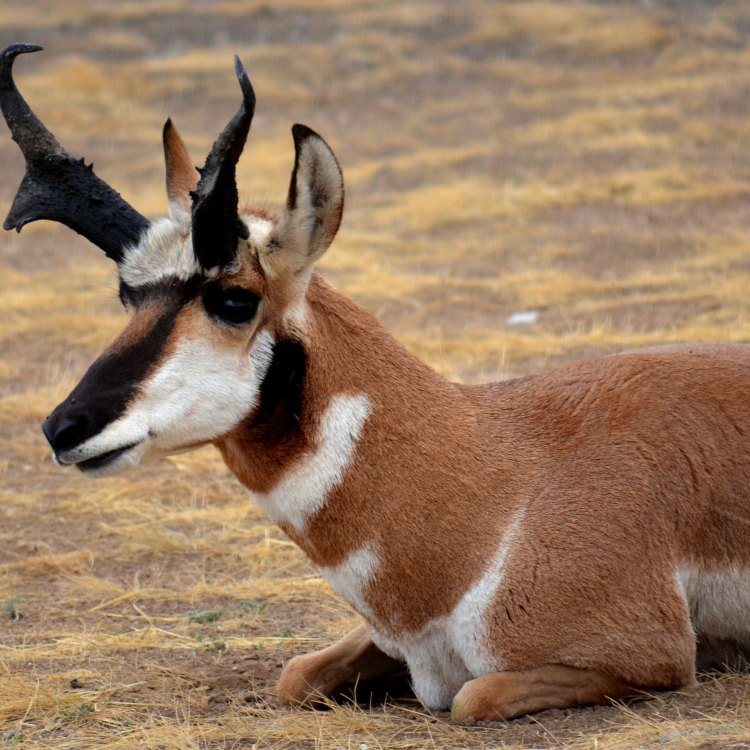
The Fascinating Pronghorn: An Antelope Like No Other
Disclaimer: The content provided is for informational purposes only. We cannot guarantee the accuracy of the information on this page 100%. All information provided here may change without prior notice.

